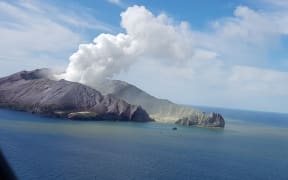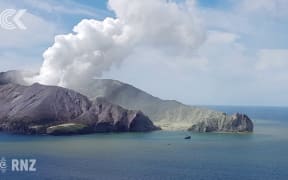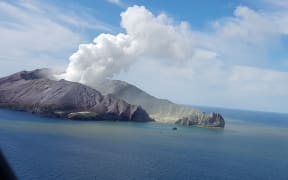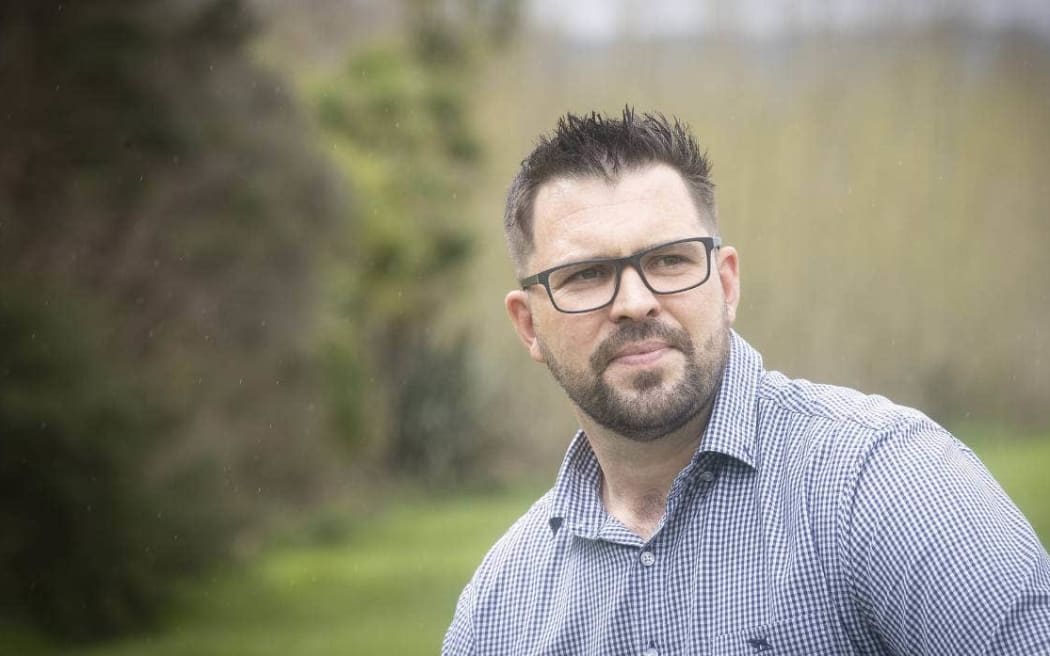
Matt Carey who is running for Upper Hutt council, was decorated for his rescue work on Whakaari/White Island, but he won't be labelled a hero. Photo: Supplied/ Stuff - Kevin Stent
He was known only as 'Serviceman M' when he was decorated for his work leading the ground recovery team after the Whakaari/White Island eruption.
Now, the 'mystery' hero who, along with his team, risked his life to retrieve six bodies from the still volatile island, can be named.
Matt Carey led a team of eight to Whakaari just days after the 9 December, 2019 eruption, which killed 22 people and injured another 25, to bring back the bodies of the dead who lay among the ash and volcanic debris.
At the time Carey was an army captain in the New Zealand Defence Force where he had spent 15 of his 17 years of service in the bomb disposal unit. A risky business, to be sure. Heading towards an active volcano was uncharted and dangerous territory.
Carey, of Silverstream, won't be labelled a hero, despite leading the heroic effort.
It was all in the line of duty, for which he was recognised in the 2021 Queen's Birthday Honours with a Distinguished Service Decoration (DSD).
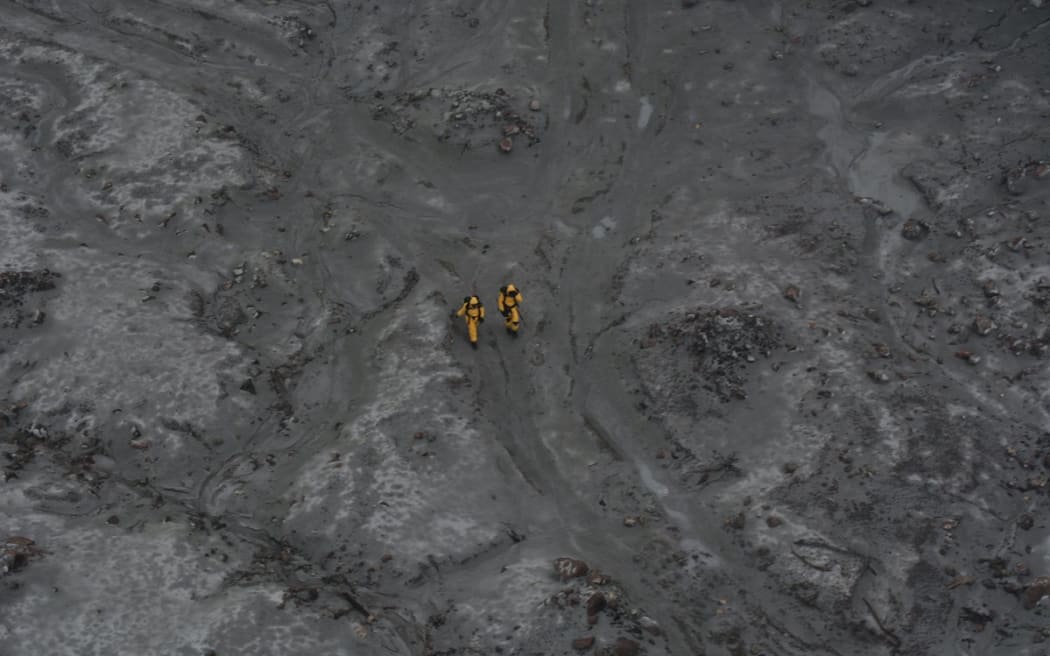
Members of the New Zealand Defence Force recovery team at Whakaari/White Island on 13 December, 2019 in Whakatāne. Photo: NZDF
That day is pretty firmly etched into his memory, though.
Volatile, hot, dangerous - yeah, he said, it was all that and more.
"I don't think I told the team till afterwards, but I think there was still a 60 percent chance of eruption and about 30 percent chance of death during the recovery."
He'd never been to Whakaari, though his family had a connection with the area - his wife, Karla (Ngāi Awa, Tūhoe) was born in Whakatāne.
Approaching the island from HMNZS Wellington was nevertheless, a daunting moment.
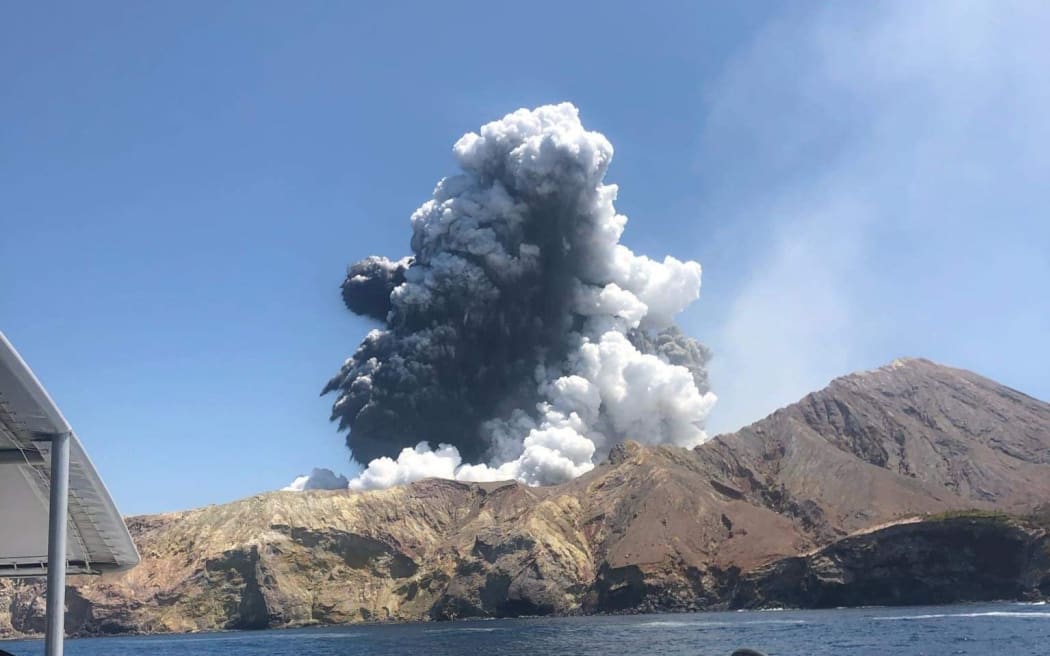
The Whakaari / White Island eruption seen from a tourist boat at the island, on 9 December, 2019. Photo: Supplied / Lillani Hopkins
"When we got onto the island we could hear noises all the time. When we stopped the ground was moving. When we got close enough we could see the odd thing spurting out of the crater lake.
"We just carried on."
For Carey, the words from up high in the Ministry of Defence rang loud and clear in his ears: 'The whole world is watching'.
But there was no time to feel the pressure. They had three hours to get in and get out.
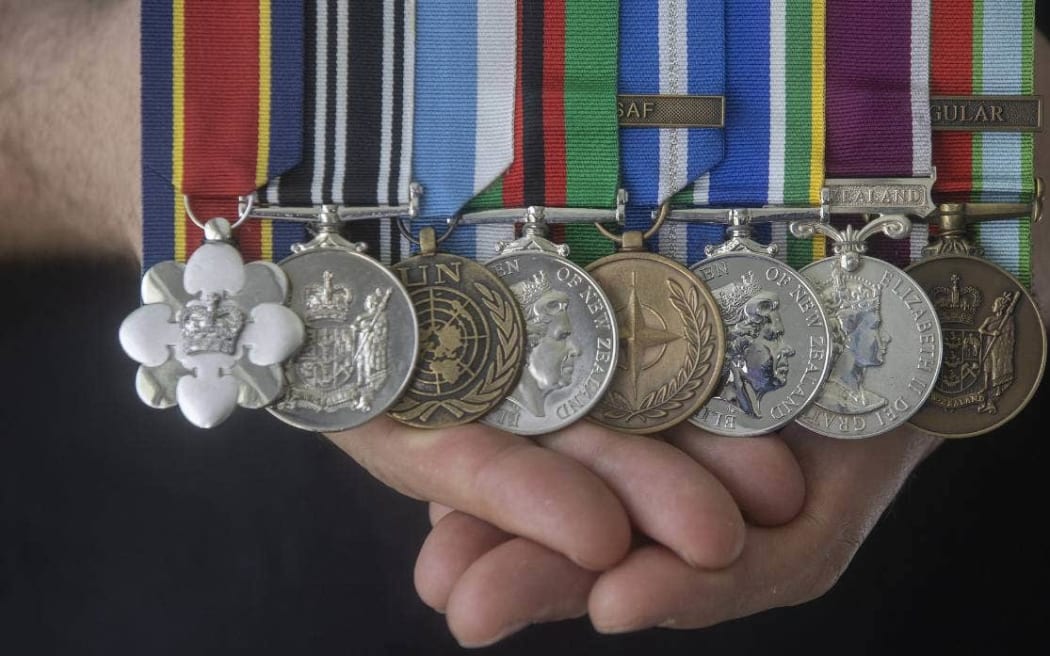
Matt Carey gathered a variety of service medals including during his time in the Defence Force, including the Distinguished Service Decoration (left) for his part in the recovery mission. Photo: Supplied/ Stuff - Kevin Stent
On the face of it the task was simple, he said: get to the island, find the people, recover them appropriately, and get out of there.
It was the hostile and dangerous environment that made it difficult.
The team was kitted out in full protective gear to guard against extreme heat and lethal gasses, along with breathing apparatus. Cumbersome and heavy, it was a job just to put one foot in front of the other.
"The ash was really thick, up to knee height. It was like walking through mud.
"The heat was extreme... It was boiling. The team got fatigued pretty quickly. Imagine holding something with an oven mitt - it's really hot, but you're not actually burning. That was what it was like wading along the muddy stream looking for bodies," he said.
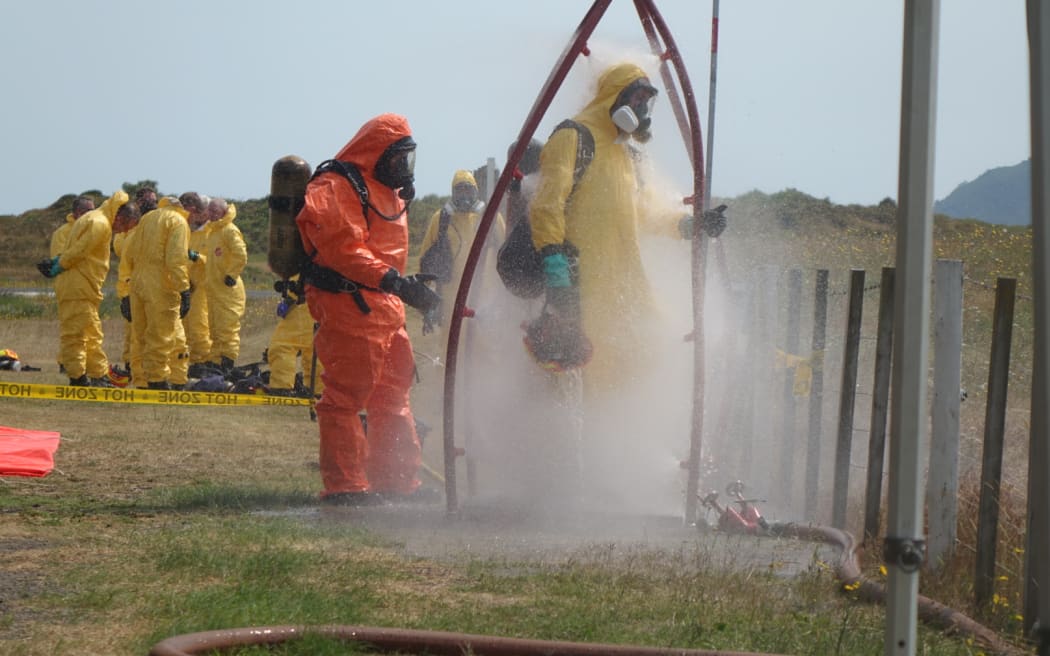
Recovery teams wash off toxic residues after their mission to Whakaari/White Island. Photo: Robin Martin

It wasn't until afterward that Carey told his team there was still a 60 percent chance of eruption and about 30 percent chance of death during the recovery. Photo: Supplied/ Stuff - Kevin Stent
"At the point you start getting really hot and fatigued, trying to maintain that [practical] mindset becomes much harder. Trying to stop yourself becoming inward focusing and instead trying to focus on your team."
They were well experienced and prepared for the job, despite the unfamiliar environment, he said.
Members of the team had been involved in the aftermath of the CTV building collapse following the 2011 Christchurch earthquake and the 2010 Pike River Mine disaster.
Carey himself was no stranger to danger.
During his 17 years in the army he was deployed to Lebanon where he cleared cluster munitions in 2007 after the war between Israel and Hezbollah. In 2012/13 he went to Afghanistan where he worked in bomb disposal.
He was involved in the logistics around the search of the Christchurch terror perpetrator's Dunedin home in the hours after the mosque attacks in 2019.
Carey, 35, left NZDF in 2021 to take up a job as lead advisor in response management at Taumata Arowai, a water services regulator for Aotearoa. On the day before nominations closed he put himself in the running for Upper Hutt Council.
"I was pretty nervous. I'm not super political. I'm a far more practical person, but I've seen the council make the same sort of decisions for quite a lot of years. I thought if you don't put yourself forward then probably nothing's going to change."
Among the issues he was campaigning on were better infrastructure for the burgeoning population, particularly in healthcare and schooling, better urban waterways, and better recycling facilities.
An advanced green belt in karate, a free diver, an ultra marathon runner and owner of two enormous but soppy dobermans, the father of two reckoned all those years in the Defence Force had given him a pretty thick skin.
He might need it in the civic battlefield if he becomes a councillor.
This article was originally published [ https://www.stuff.co.nz/national/300676755/mystery-whakaariwhite-island-hero-matt-carey-rejects-that-label-we-just-carried-on by Stuff], and was shared with permission.


